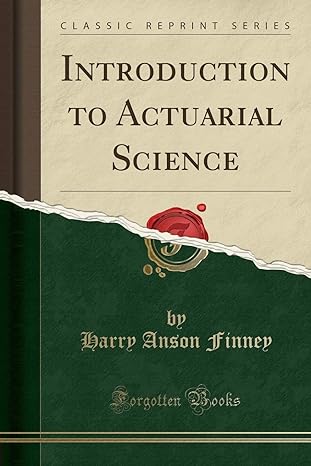




Springsteen Company manufactures guitars. The company uses a standard, job-order cost-accounting system in two production departments. In the Construction Department, the wooden guitars are built by highly skilled craftsmen and coated with several layers of lacquer. Then the units are transferred to the Finishing Department, where the bridge of the guitar is attached and the strings are installed. The guitars also are tuned and inspected in the Finishing Department. The diagram below depicts the production process. Each finished guitar contains seven pounds of veneered wood. In addition, one pound of wood is typically wasted in the production process. The veneered wood used in the guitars has a standard price of $14 per pound. The other parts needed to complete each guitar, such as the bridge and strings, cost $17 per guitar. The labor standards for Springsteen's two production departments are as follows: Construction Department: 6 hours of direct labor at $21 per hour Finishing Department: 2 hours of direct labor at $17 per hour The following pertains to the month of July. 1. There were no beginning or ending work-in-process inventories in either production department. 2. There was no beginning finished-goods inventory. 3. Actual production was 550 guitars, and 350 guitars were sold on account for $425 each. 4. The company purchased 6,500 pounds of veneered wood at a price of $14.50 per pound. 5. Actual usage of veneered wood was 5,000 pounds of the wood purchased during July. 6. Enough parts (bridges and strings) to finish 650 guitars were purchased at a cost of $9,050. 7. The Construction Department used 3,100 direct-labor hours. The total direct-labor cost in the Construction Department was $62,000. 8. The Finishing Department used 1,150 direct-labor hours. The total direct-labor cost in that department was $20,700. 9. There were no direct-material variances in the Finishing Department. Complete the table below that compute the July direct-material and direct-labor variances in the Construction Department and the uly direct-labor variances in the Finishing Department. (Refer to Exhibit 10-2, Exhibit 10-3 and Exhibit 10-4 for guidance.) Complete this question by entering your answers in the tabs below. Complete the table below that compute the July direct material price and quantity variance in the Construction Department. (Indicate the effect "Favorable" or "Unfavorable". Select "None" and enter "0" for no effect (i.e., zero variance). Round "Actual Price" and "Standard Price" to 2 decir Complete the table below that compute the July direct material purchase price variance in the Construction Department. (Indicate the effect of each variance by selecting "Favorable" or "Unfavorable". Select "None" and enter "0" for no effect (i.e., zero variance). Round "Actual Price" and "Standard Price" to 2 decimal places.) Complete the table below that compute the July direct-labor rate and efficiency variances in the Construction Department. (Indicate the effect of each variance by selecting "Favorable" or "Unfavorable". Select "None" and enter "0" for no effect (i.e., zero variance). Round "Actual Rate" and "Standard Rate" to 2 decimal places.) Complete the table below that compute the July direct-labor rate and efficiency variances in the Finishing Department. (Indicate the effect of each variance by selecting "Favorable" or "Unfavorable". Select "None" and enter "0" for no effect (i.e., zero variance). Round "Actual Rate" and "Standard Rate" to 2 decimal places.)











